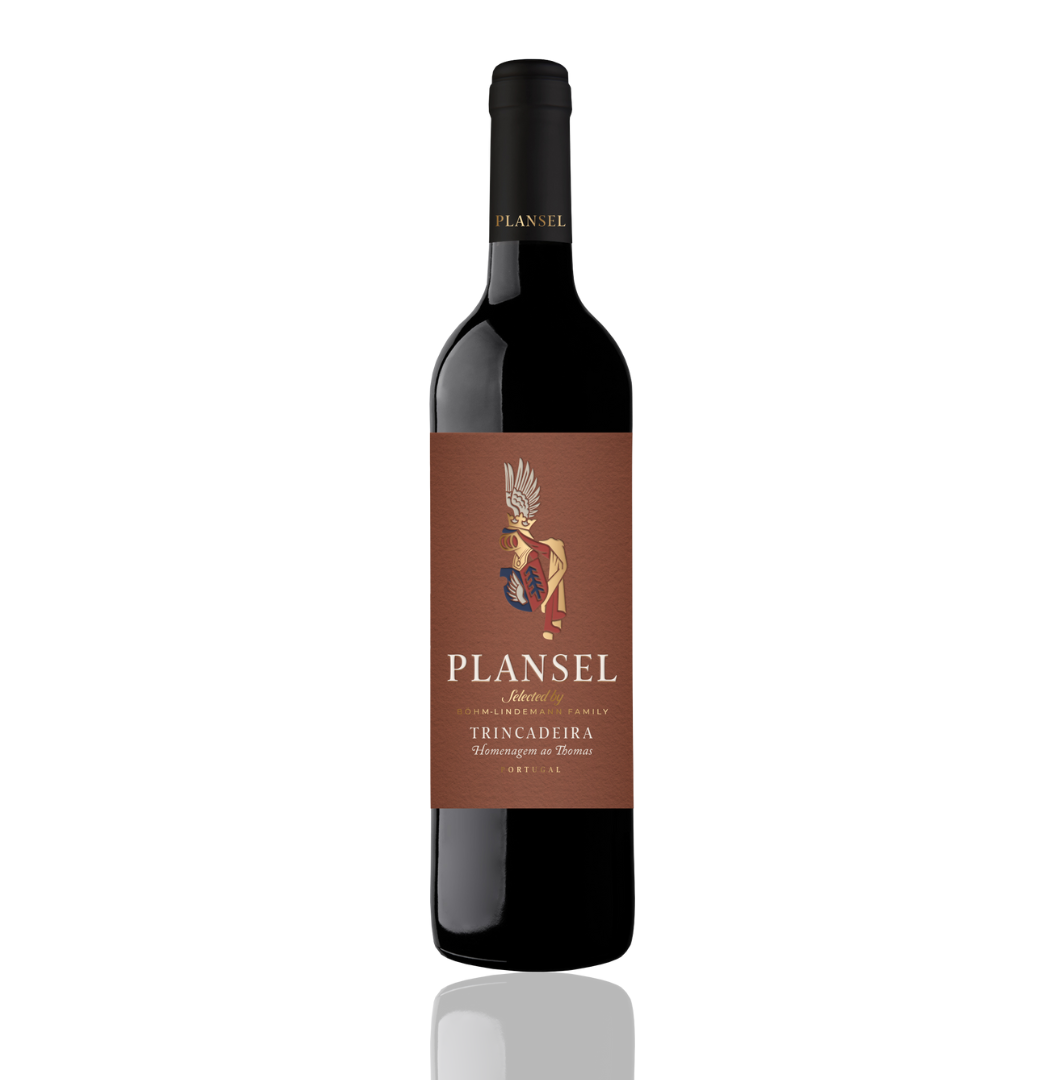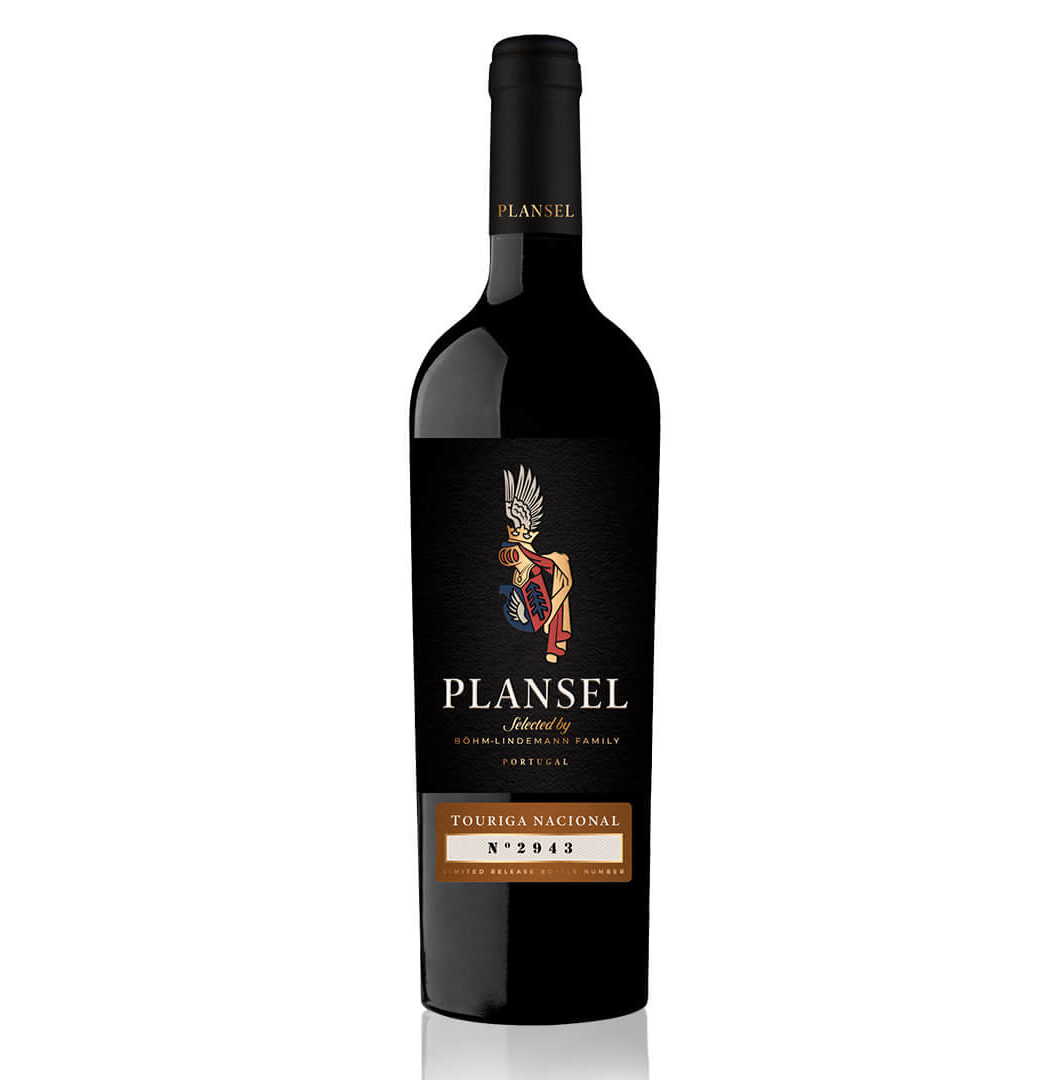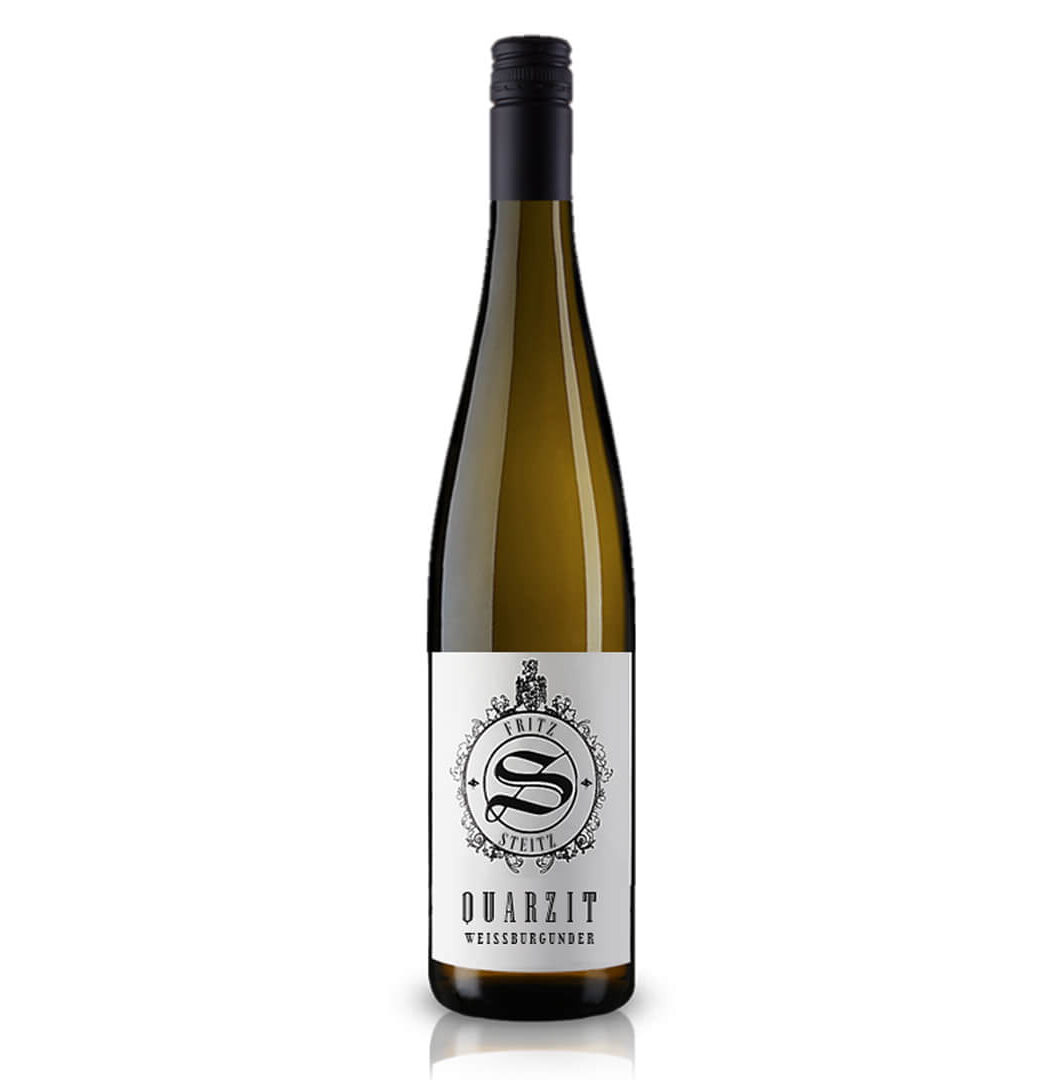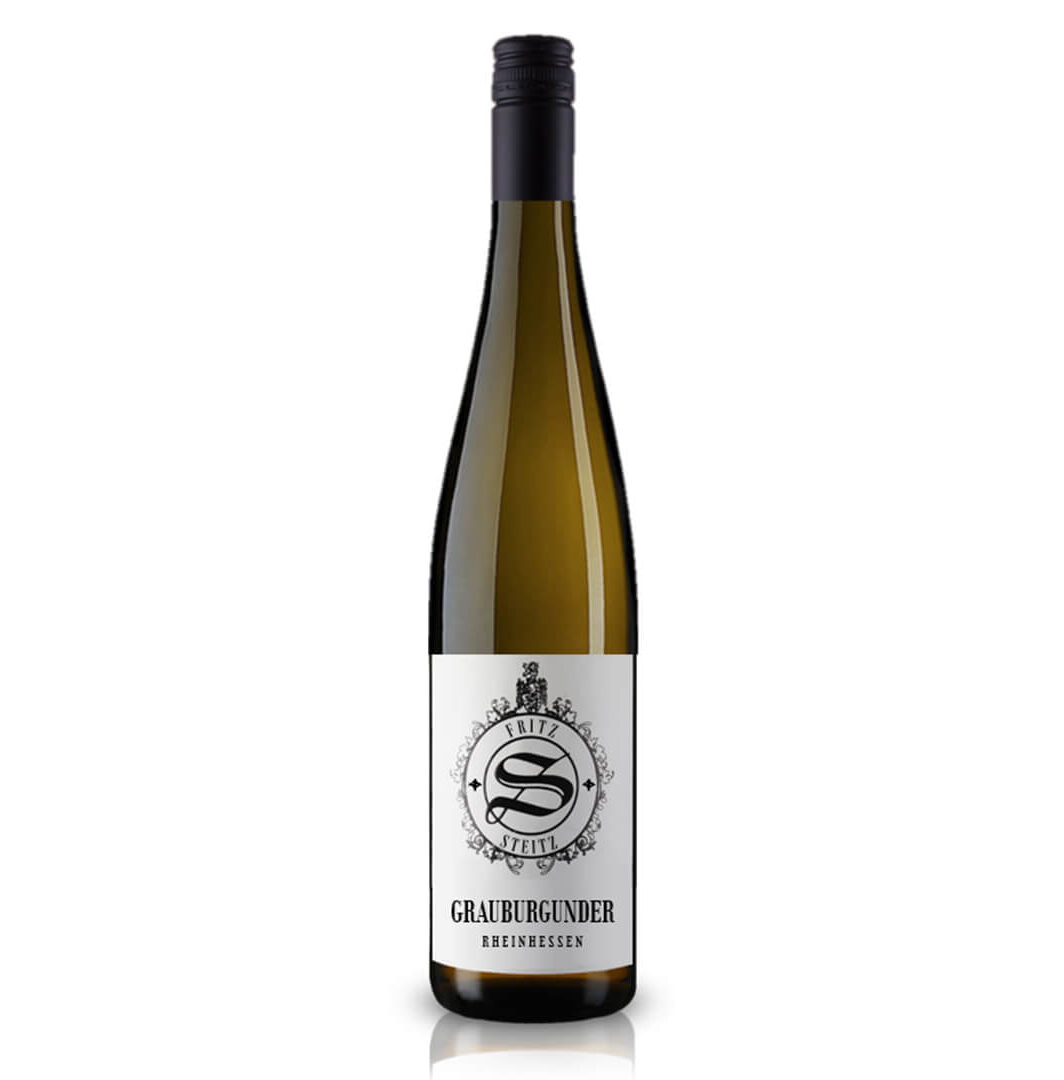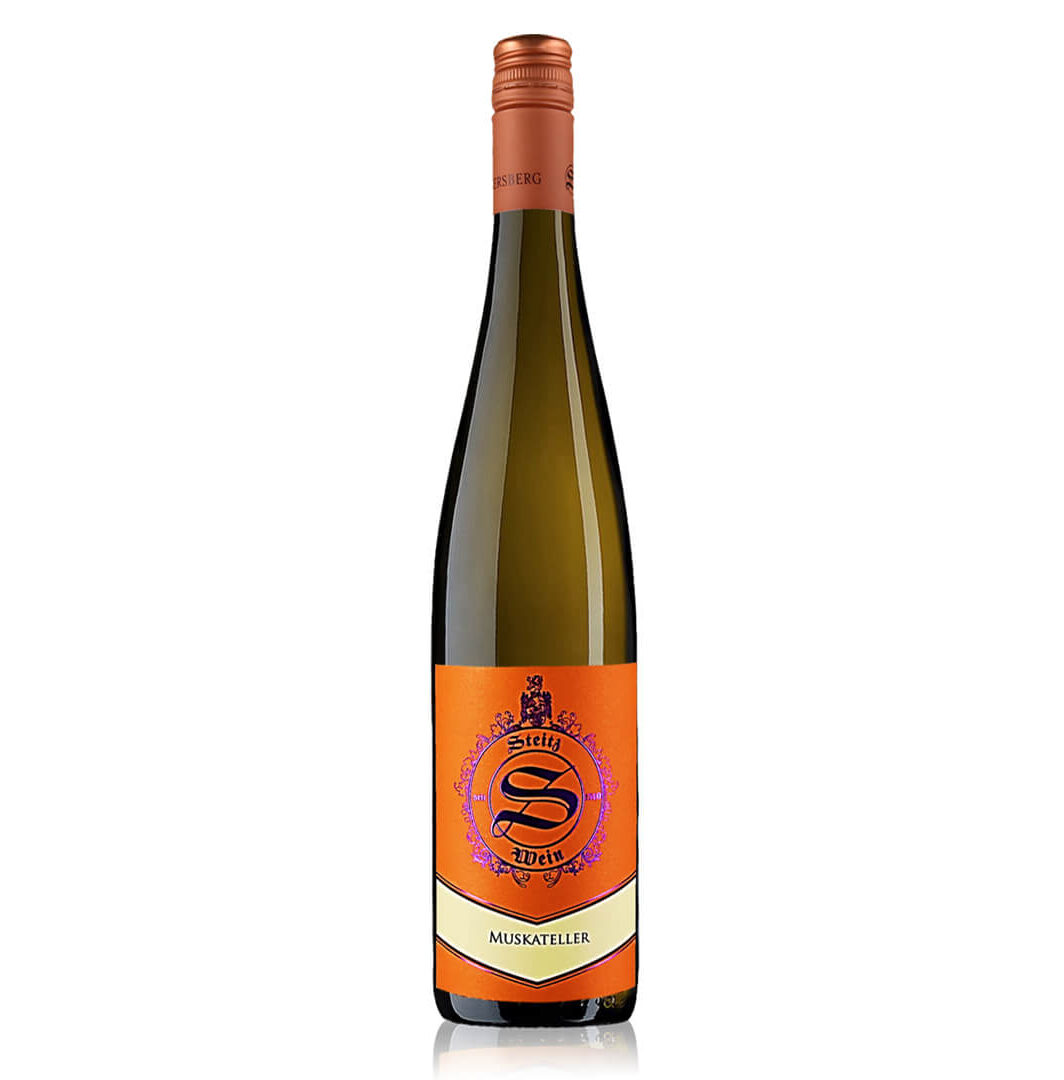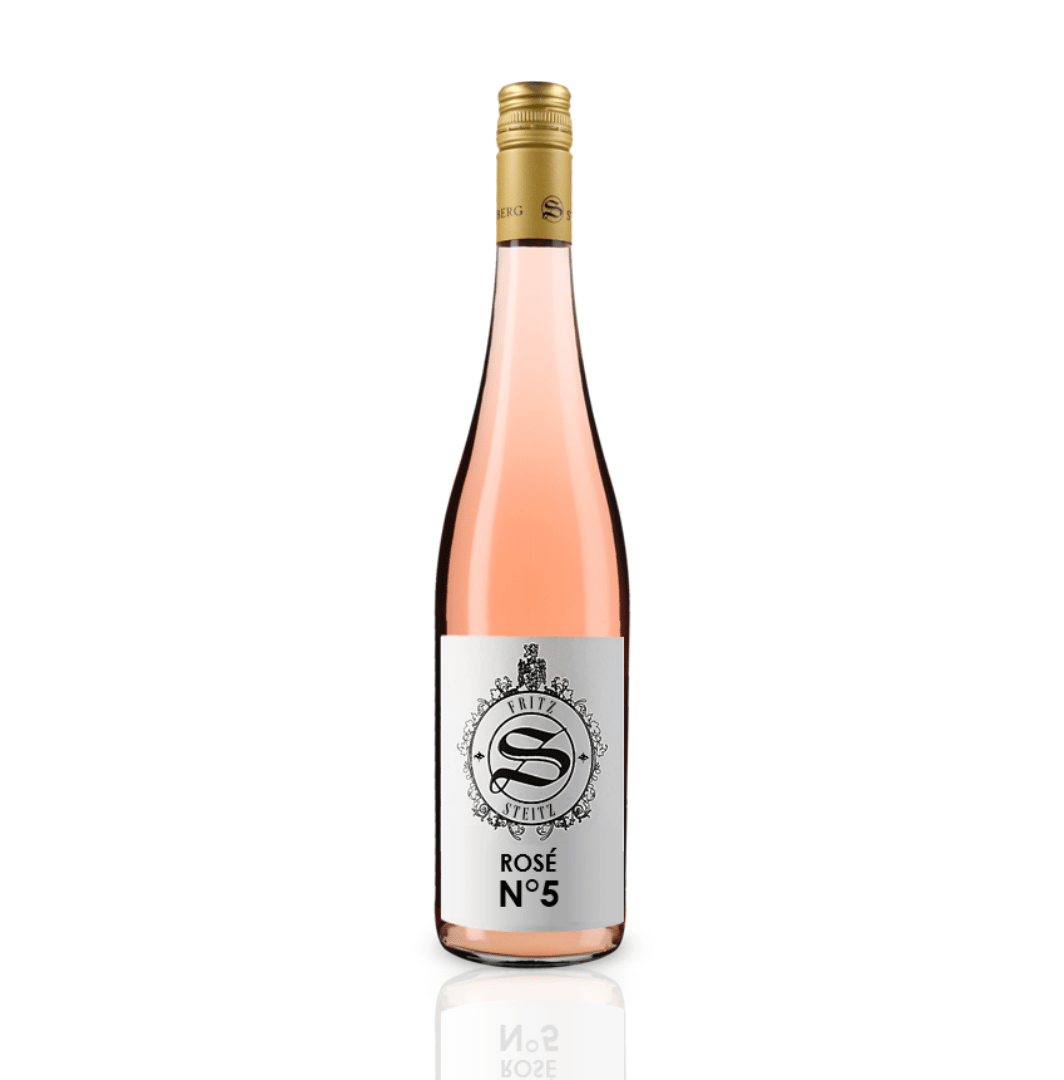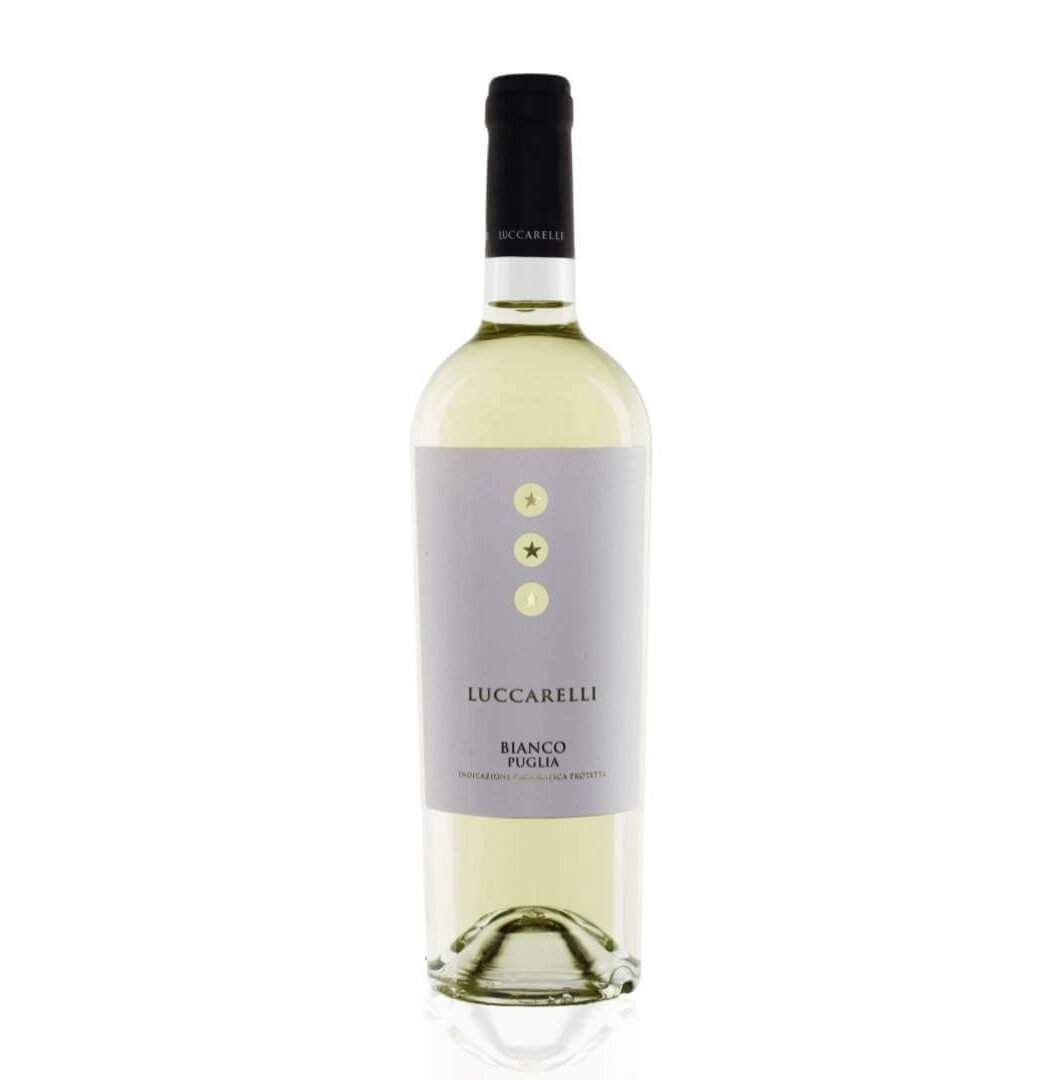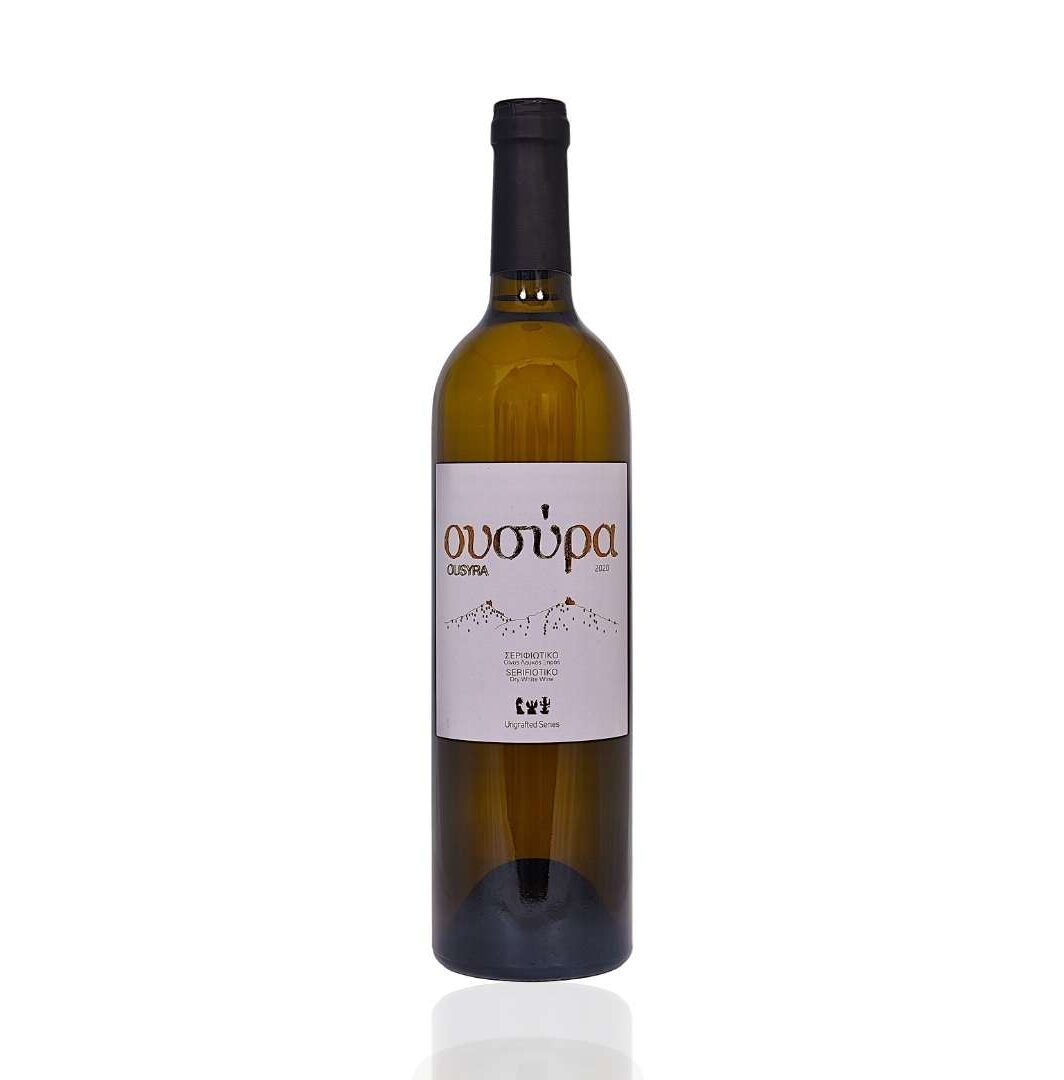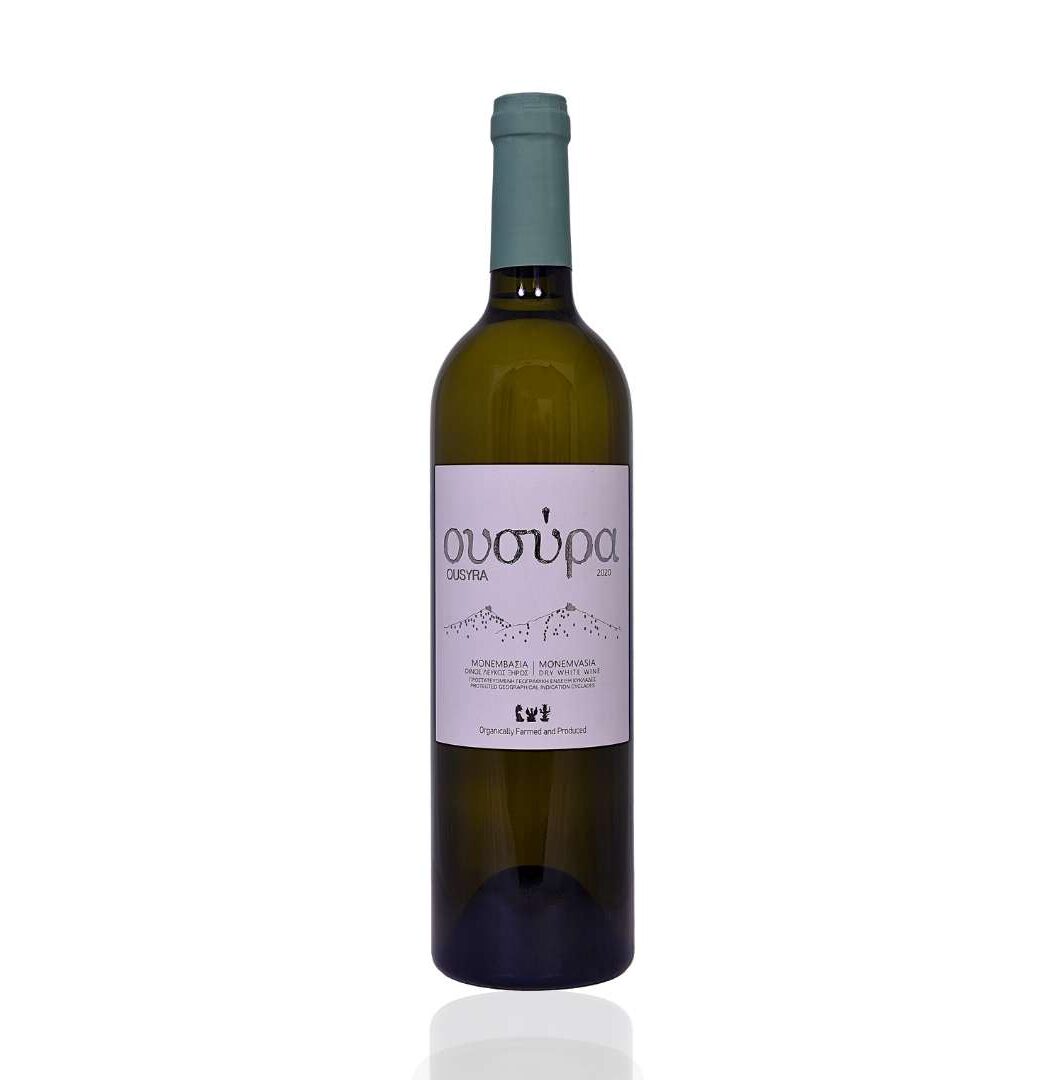Alcohol Content in Wine – How Much is in What?
Before we embark on a journey through the world of alcohol content in wines, it’s crucial to emphasize the importance of responsible consumption. Alcohol, even in the form of wine, should always be consumed with caution and in moderation. Excessive alcohol consumption can lead to health issues and increase the risk of accidents.
The alcohol content in wine plays a significant role. Alcohol affects our mind, but also the wine itself. It’s not only a vital carrier of flavors but also softens the wine’s acidity and intensifies its taste. The natural upper limit of the grape fermentation process is around 15 volume percent.
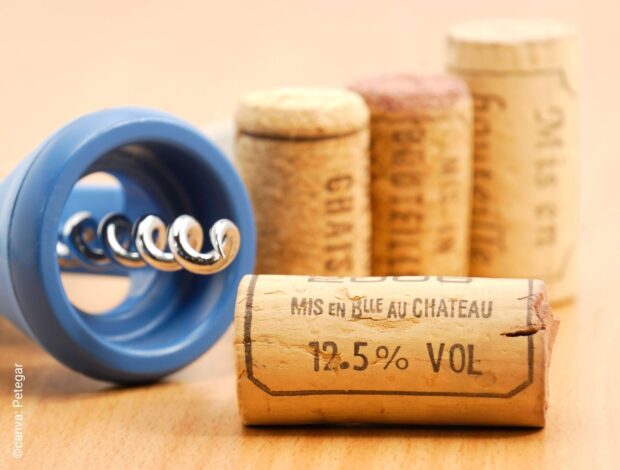
What is Alcohol Content?
The alcohol content of a wine is given in volume percent (Vol.%). This value indicates which portion of the wine is pure alcohol. For instance, a wine with an alcohol content of 12% Vol. means that 12% of the wine is pure alcohol.
Origin of Alcohol in Wine
Alcohol in wine arises from the fermentation process. Yeasts, naturally present on grape skins or added to the must, convert the sugar in the grapes into alcohol and carbon dioxide. The more sugar present in the grapes, the potentially higher the wine’s alcohol content.
Importance of Alcohol Content
- Taste and Texture: Alcohol influences the mouthfeel and flavor profile of a wine.
- Preservation: Alcohol acts as a natural preservative, potentially extending a wine’s shelf life.
- Calories: A higher alcohol content also means more calories.
Factors Influencing Alcohol Content:
- Grape Maturity: The duration grapes remain on the vine plays a crucial role in their sugar content. The longer they mature, the sweeter they become, potentially leading to a higher alcohol content in the finished wine.
- Wine Variety: Different grape varieties have varying sugar contents. For instance, the Zinfandel grape tends to have a naturally higher sugar content, often resulting in wines with a higher alcohol content.
- Climate: The climate in which grapes are grown significantly affects their sugar content. In warmer climates, grapes tend to ripen faster, producing more sugar, which in turn can increase the potential alcohol content of the wine.
- Winemaker’s Decisions: A winemaker has various techniques and methods at their disposal to control the fermentation process. Depending on how and when they intervene in the process, they can directly influence the wine’s alcohol content.
Alcohol Content in Different Wine Types
- Red Wines: Most red wines have an alcohol content between 12% and 15%. Some robust red wines, like Amarone, can even reach up to 16%.
- White Wines: White wines typically range between 10% and 14%. However, some late harvests or noble sweet white wines can have higher values.
- Rosé Wines: These wines typically have an alcohol content between 11% and 13%.
- Sweet Wines: Due to their higher sugar content, these wines can have an alcohol content of up to 20%.
- Sparkling Wines: Champagne, Prosecco, and Cava typically have an alcohol content between 10% and 12%, though there are exceptions.
Dry to Sweet: Taste and Alcohol
The taste classifications “dry”, “semi-dry”, and “sweet” are widespread in the wine world. While these classifications primarily describe a wine’s residual sugar content, there’s often a connection to alcohol content since sugar is converted to alcohol during fermentation.
- Dry: Dry wines typically have the highest alcohol content since almost all the sugar in the grapes was converted to alcohol during fermentation. The alcohol content of dry wines often ranges between 11% and 14%, but can be higher depending on the grape variety and wine region.
- Semi-Dry: For semi-dry wines, some of the sugar wasn’t fermented, leading to a medium alcohol content. These wines often have an alcohol content between 10% and 12%.
- Sweet: Sweet wines typically have the lowest alcohol content since a more significant portion of the sugar wasn’t fermented. The alcohol content of sweet wines often ranges between 8% and 11%.
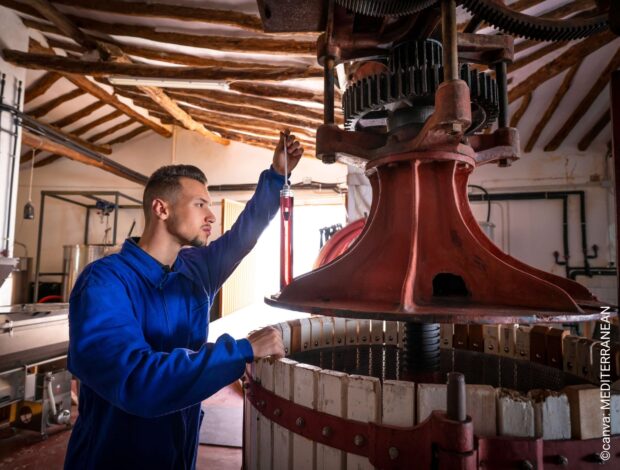
Conclusion
The alcohol content in wines is a complex topic influenced by many factors. It’s essential to remember that a higher alcohol content doesn’t necessarily mean a “better” wine. It’s about finding the wine that best suits your taste. We’re also happy to put together a tasting package for you; just send us an email at wi**@*******ve.de.
And always remember: Enjoy in moderation!





